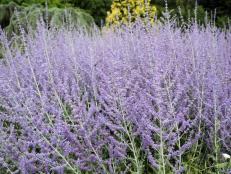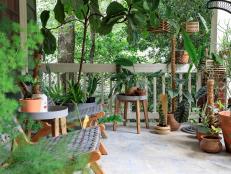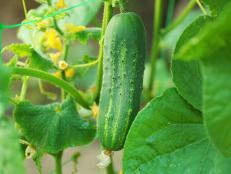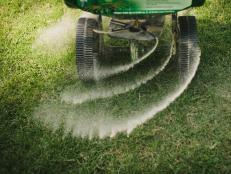Preparing Perennials for Winter
A few basic cleanup steps in late fall will help your perennial beds thrive next growing season.
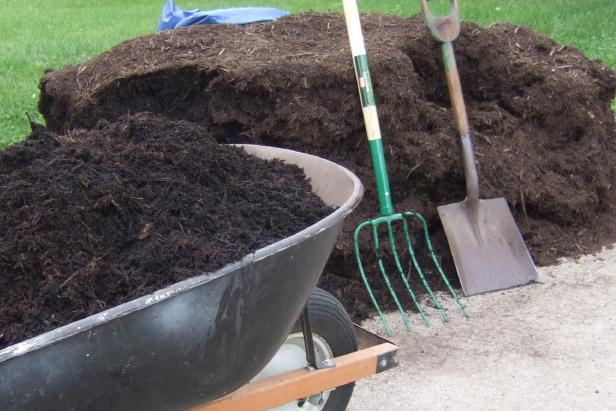
Julie Martens Forney
Materials Needed
- pruners
- shovel
- compost
- mulch or row cover
Step 1: Dig up Bulbs
After the first frost has struck and foliage begins to yellow and die, cut back the foliage, dig, and store tender perennial bulbs such as dahlias and gladiolus that can't survive the winter in the ground in a cold climate. When digging, be careful not to damage the underground bulb or tuber.
Step 2: Water and Cut Perennials Back
In dry-winter areas that don't freeze or have little snow, water perennials once a month to keep them alive and healthy. In all other areas, cut back on watering to help plants harden off in preparation for winter. On perennials that have finished for the season, cut back stems to 6 to 8 inches from the ground.
Step 3: Feed Plants
Fall is a good time to feed perennials by working in a 4- to 6-inch-thick layer of compost around the beds. The compost slowly breaks down, releasing nutrients to the plants and improving the soil structure.
Step 4: Mulch
After the ground freezes, remove old mulch and replace it with hay, evergreen boughs, or floating row covers. This extra layer protects tender perennials and helps catch and hold snow, which will also insulate the bed.
Step 5: Adapt Preparation for Your Area
In cold-winter areas, stop fertilizing perennials by midsummer to encourage them to slow their growth and harden off for winter. In warm-winter areas, fall is a good time to plant perennials; however, in winter check for signs of disease, especially during wet periods, since the plants are growing slowly and conditions are right for rotting to occur.








